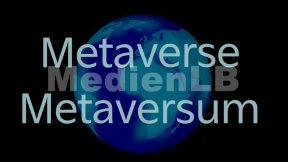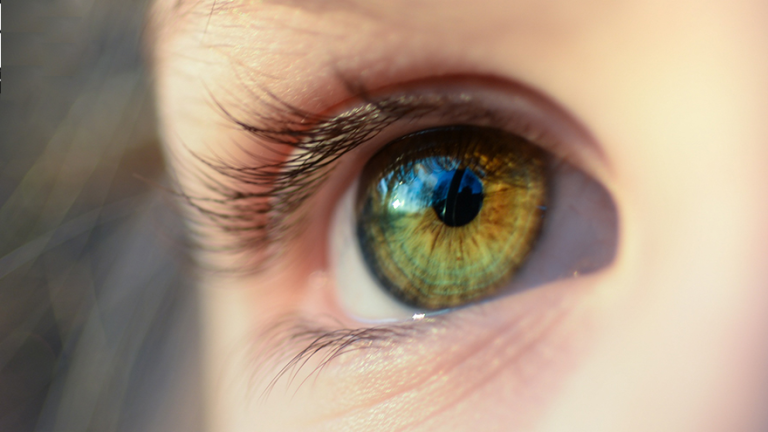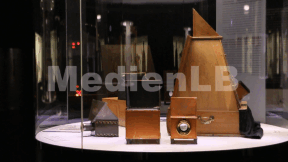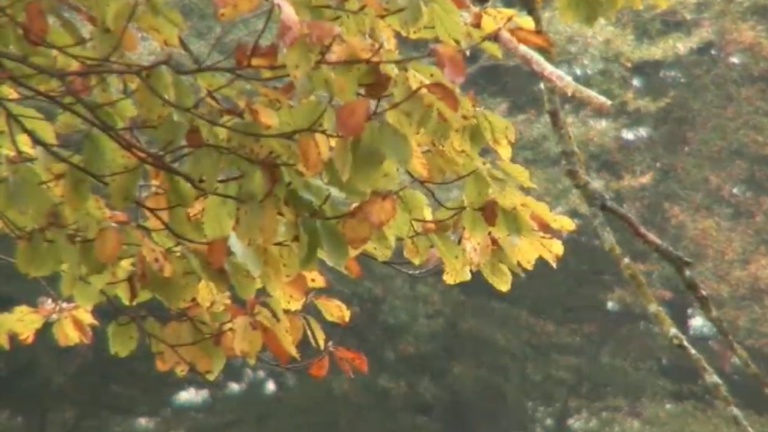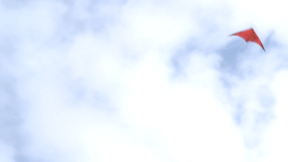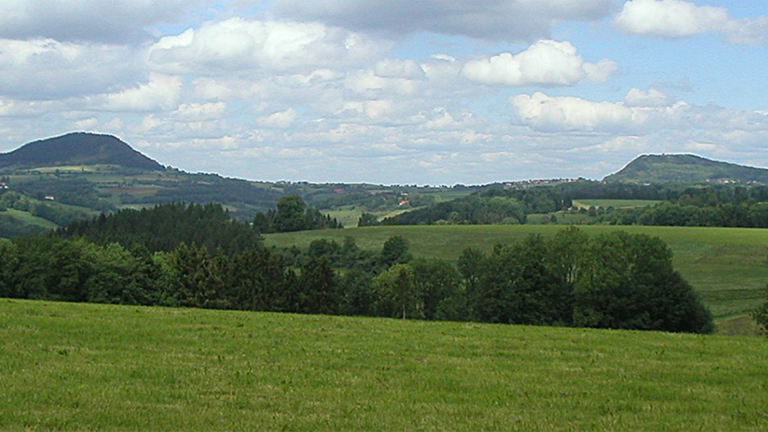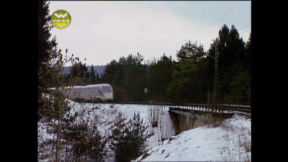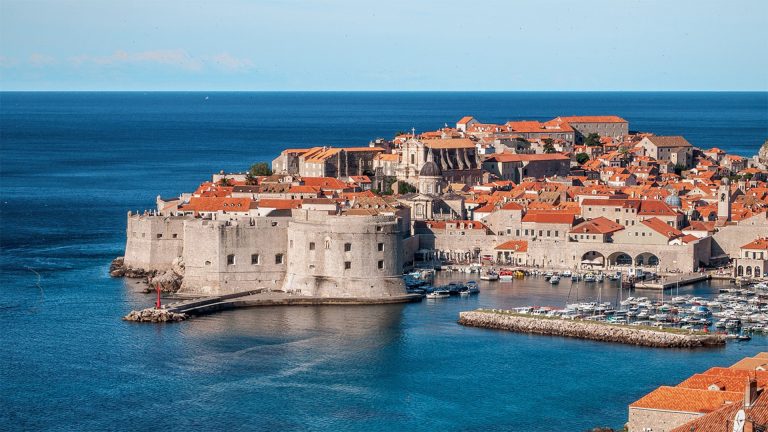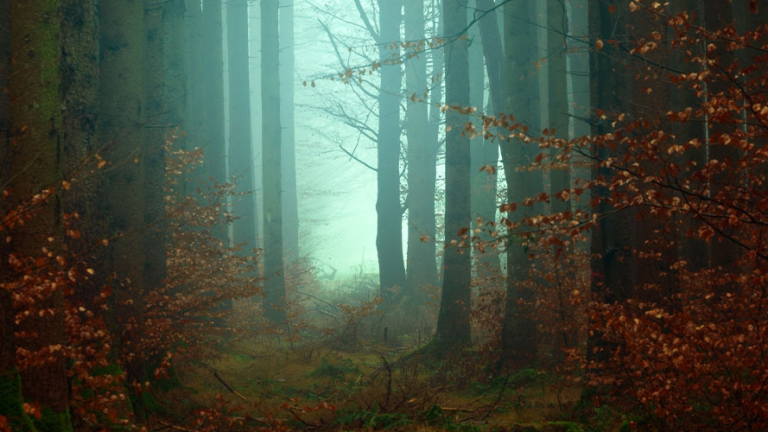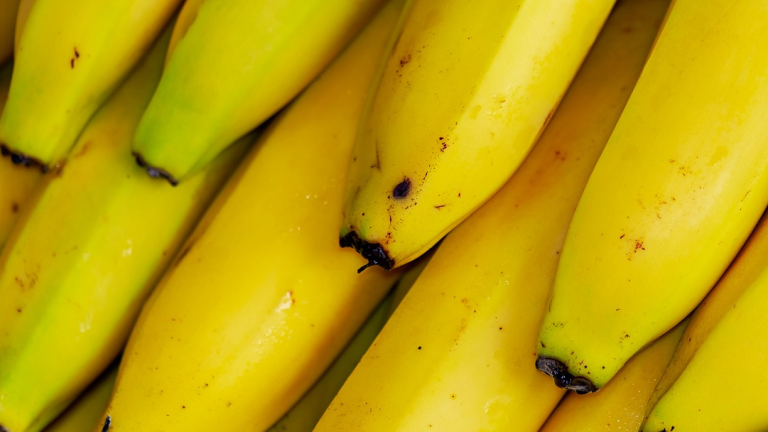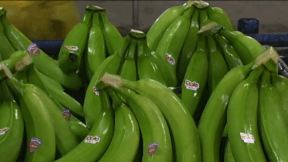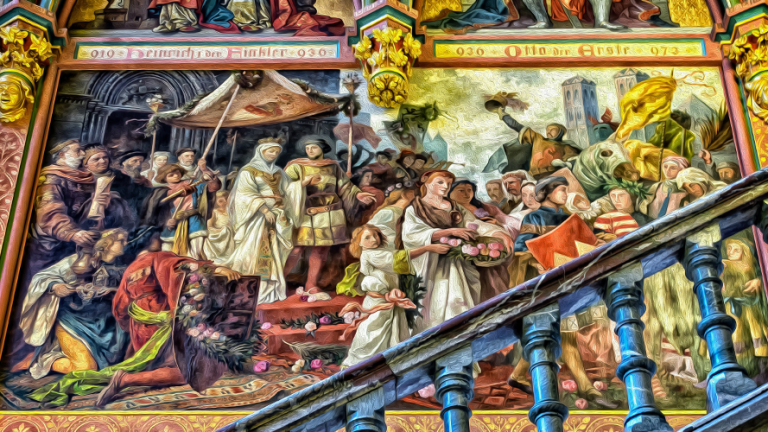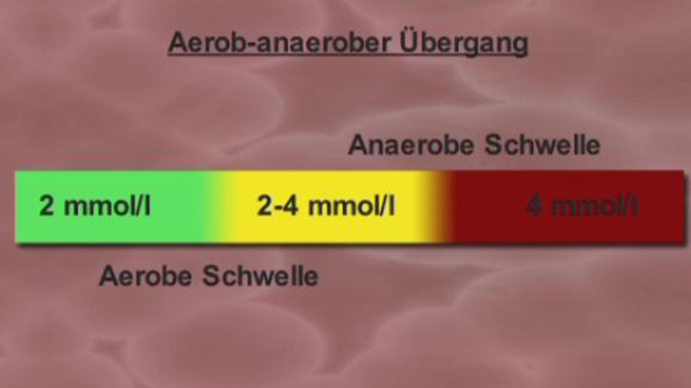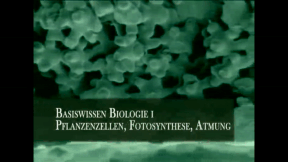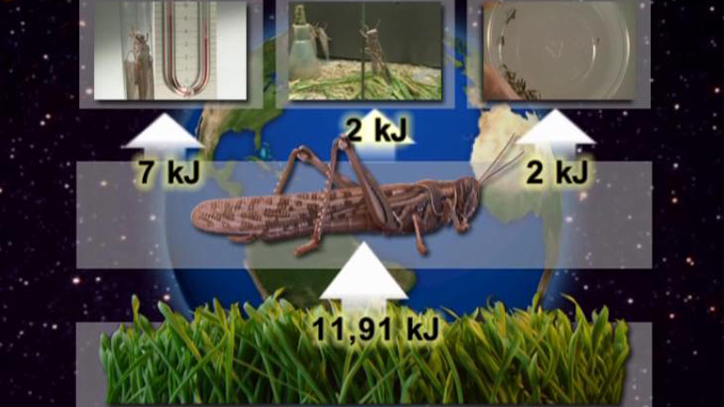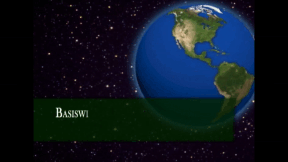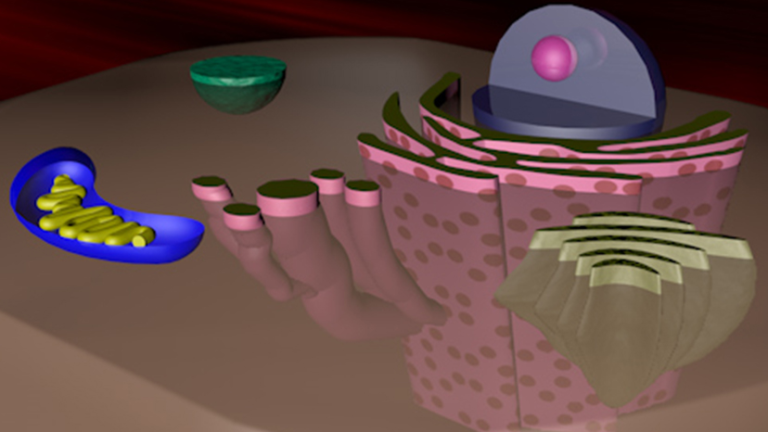Suche:
- # Artistry
- # Biology
- # Chemistry
- # Ecological
- # Economy
- # English
- # Foreign Language
- # Geography
- # German
- # Health
- # History
- # Informatik
- # Latin
- # Mathematics
- # Media Education
- # Music
- # Physics
- # Politics / Civics
- # Preschool
- # Primary School
- # Religion
- # Society
- # Sports
- # Technology
- # Training of Teachers
- # Vocational Education
Auf dem Weg zum Metaverse
Mitten in einer Schulstunde den Mount Everest besteigen, oder eine Raumfahrt unternehmen? Das Metaverse, das Web 3.0, macht es möglich.
Learn moreAuge
Die meisten der Informationen, die auf uns einströmen und einwirken, nehmen wir über unseren Sehsinn wahr. Was passiert in unseren Augen aber genau während des Sehvorgangs?
Learn moreAutumn
Autumn is a transitional period in which the days grow shorter and temperatures get colder. There are lots of different fruits which serve as food for the animals on trees and bushes in the forest and the park. It is the season when people harvest fruits and vegetables in their gardens. In the film, we are shown how nature changes in autumn. The pupils learn why the leaves turn orange and yellow and eventually fall off the trees. In a way that is easy to understand they are told how plants and animals prepare for the coming winter. Various animals are introduced that are storing up winter supplies and looking for a place for hibernating. In addition, the film shows how the harvested fruit can be used for cooking or crafting. The most important festivals – the harvest festival, Halloween and Saint Martin’s festival – are explained. Besides didactic and methodical considerations, also a wealth of most varied suggestions is available in the accompanying material indicating how to work on this topic in a multifaceted and holistic way and how to rediscover it.
Learn moreBaden-Wuerttemberg
Baden-Wuerttemberg – The Federal States Baden-Wuerttemberg, the third largest federal state, is located in the southwest of Germany. Its landscape structure is highly diverse and offers such different nature areas as the Odenwald, the Spessart, the Upper Rhine Plain, the Black Forest and the Swabian Jura. Baden-Wuerttemberg, formerly divided into Baden and Wuerttemberg, has a long and turbulent history, which can be traced far back into the past. The federal state itself is not very old, it is the youngest federal state in Germany. Baden-Wuerttemberg counts among the economically strongest and most competitive regions of Europe. It is the exporting country number one among the federal states and is considered the most innovative region of the EU as far as high technology, research and development are concerned. Of particular interest for tourism are Baden-Wuerttemberg traditions, among them the typical Black Forest houses and the costumes with their ”Bollenhut“ hats. Together with the extensive additional material the DVD is ideally suited for use in the classroom.
Learn moreBahn
Wie wird man eigentlich Lokführer? Schau Dich schlau zeigt den Weg zum Traumberuf. Und: Wie kommen eigentlich die Fäkalien aus einem ICE? Wie putzt man einen riesigen ICE-Zug? Schau Dich schlau ist bei ein einem Boxenstopp des Vorzeigezuges der Deutschen Bahn dabei! Und wir gehen der Frage nach, wie eigentlich die Schienen auf den Schotter kommen. Das und mehr bei Schau Dich schlau!
Learn moreBalkan
Der Film zeigt die Vielfältigkeit des Balkans in Bezug auf Geographie, Politik, Religion und gesellschaftlichen Einfluss der Vielvölkerstaaten. Ohne die Geschichte, sind die Entwicklungen auf dem Balkan nur schwer zu verstehen.
Learn moreBallade
Johann Wolfgang von Goethe sah in der Ballade das „Ur-Ei der Dichtung“. Sie vereint Merkmale der drei Gattungen Lyrik, Epik und Dramatik in sich. Die ersten Balladen wurden im Mittelalter verfasst.
Learn moreBanana
Bananas can be bought at any supermarket today. We eat them raw or make them into cakes, shakes and ice-cream. But where do bananas come from? How have they got to the supermarket? On plantations in Costa Rica bananas are cultivated in an elaborate process. It is most important that bananas always have enough heat, sun and water. When the bananas are harvested, the workers carefully cut them off with machetes and take them to the packaging station. From there they are transported to the container ships by lorry. In the process the fruits undergo constant quality control. Storage temperature is important as well. After about three weeks the bananas are ready for sale at our supermarkets. The film illustrates the development of the banana from planting to harvest and the subsequent transport until they are finally sold at our supermarkets. Why does the banana not rot on the journey? Why is the banana bent? These and more questions are vividly answered. With the extensive accompanying material the didactic DVD is perfectly suited for use in the classroom
Learn moreBaroque
Pompous buildings, impressive parklands, extravagant parties and unimaginable luxury.
Learn moreBasics of BIOLOGY I
Basics of Biology examines general biological issues that help to expand and consolidate basic biological knowledge. The first film of this series deals with the structure of the plant cell. It centres around the structure and function of plant tissue such as the xylem, root cells and stomata as well as the functions of the chloroplasts. In the second chapter the issue of photosynthesis and the elements involved in it are dealt with. With tests and experiments impacts of light and CO2 on photosynthesis are demonstrated and explained. The third part explains human respiration. The rising oxygen consumption of a woman athlete brought on by physical effort on the moving walkway is shown. What happens when the physical stress becomes too strong and the amount of oxygen inhaled is no longer sufficient? The transition from aerobic respiration to anaerobic respiration is vividly illustrated. Together with the extensive accompanying material the didactic DVD is ideally suited for use in the classroom.
Learn moreBasics of Biology II
In its first chapter, Basics of Biology II deals with the food chain. The producers as the basis of the food chain and the consumers, the herbivores and carnivores, are introduced /presented. Further focus points are the energy intake through food as well as the energy losses connected with it. The resulting energy efficiency of a herbivore is vividly illustrated in an experiment. Subsequently the carbon cycle is dealt with: its occurrence and the carbon cycle from producer to consumer, and last but not least the function of destruents. In the third chapter the next important cycle, the nitrogen cycle, is discussed. Special emphasis is put on the process of nitrification as well as the function of nitrogen-binding micro-organisms and their natural fertilisation of our agricultural soil. The importance of the nitrate for plants is shown in a laboratory test. Together with the extensive additional material the DVD is ideally suited for use in the classroom.
Learn moreBasics of Biology III
What is the importance and function of enzymes? The lock-and-key principle is explained and, based on amylase and katalase, the dependence of reaction speed and intensity of effect on temperature and pH-value can be seen. With microscopic pictures and graphs the structure of animal cells is explained. But their appearance is very different depending on their functions. Nerve cells differ from blood cells just like the latter from sperm cells. A tissue is a combination of many cells that perform specific functions in the body. Any kind of growth of an organism is only possible when new cells are created. The process of cell division is called mitosis. This is then differentiated from the multiplication of reproductive cells, as in them the number of chromosomes must be reduced to half. Impressive shots and graphs illustrate these processes. Together with the extensive accompanying material the DVD is ideally suited for use in the classroom.
Learn more




